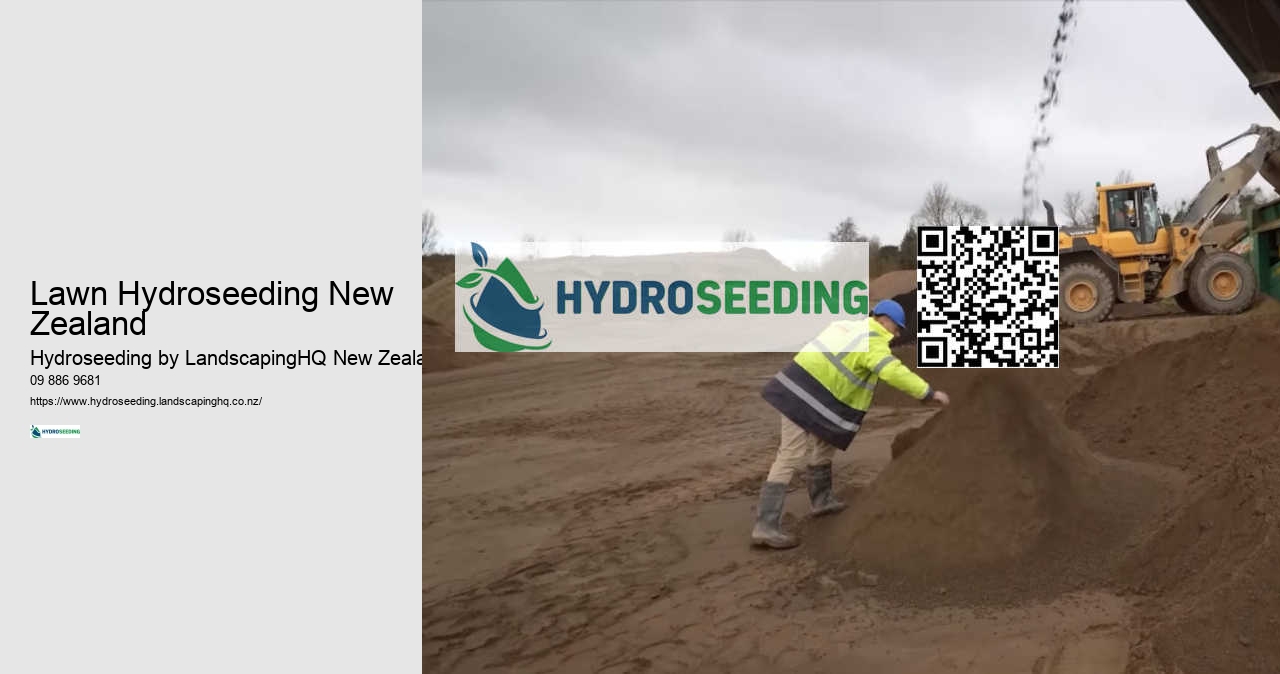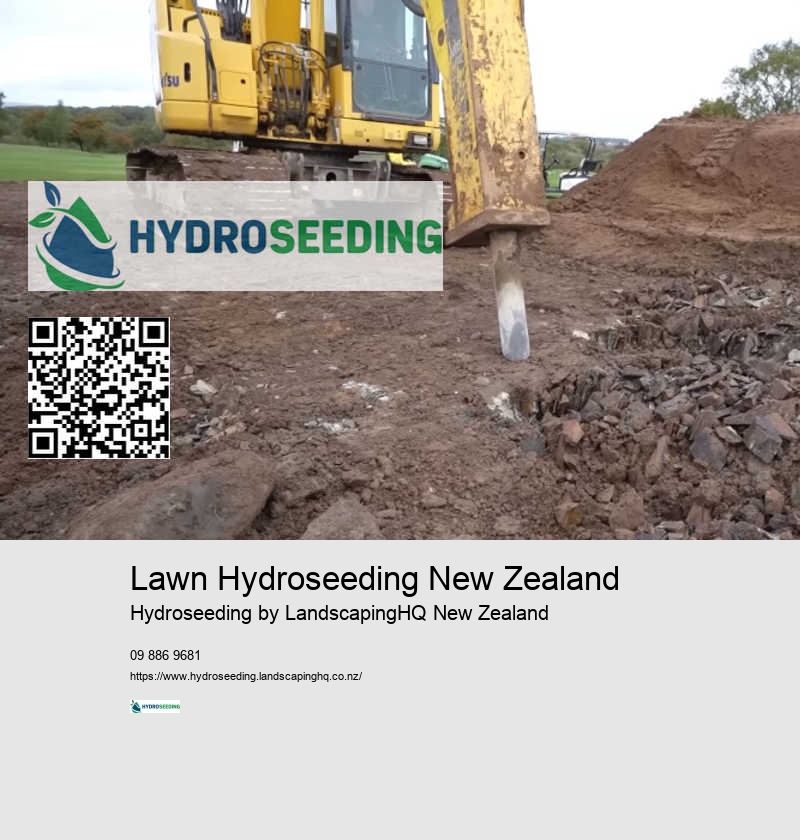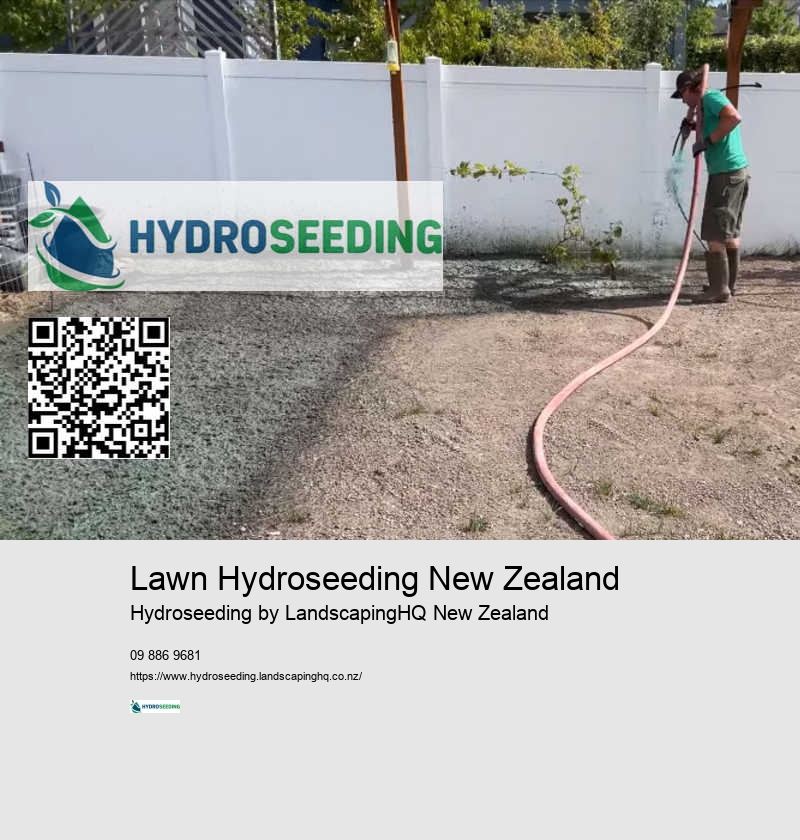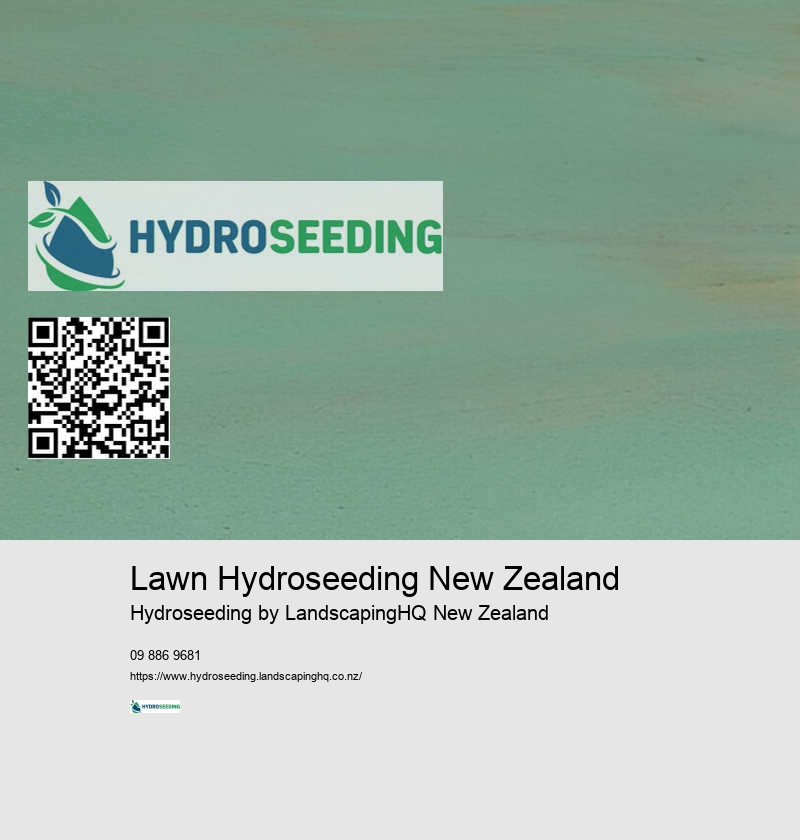

Another issue is the lack of adequate moisture. But what makes this method truly stand out, and why should we consider it over traditional seeding techniques? We frequently apply this technique to parks, sports fields, and even erosion control projects. Achieve lush green landscapes effortlessly - Learn how Hydroseeding New Zealand can make a difference. By selecting the right seeds, we ensure that our hydroseeding efforts lead to robust growth regardless of regional climate differences. Once the grass establishes, we can reduce watering to two to three times a week.
This process involves spraying a specially prepared slurry containing seed, mulch, fertilizer, and water onto the soil using a hydroseeder. Our commitment to excellence means we don't just meet expectations-we exceed them. It's ideal for both commercial and residential projects. This method is less water-intensive than traditional seeding and therefore ideal for regions with water restrictions.
To avoid potential setbacks, choose frost-resistant varieties of seeds. Hydroseeding provides a dense and hardy grass cover that can recover quickly from wear and tear. It reduces the labor and material costs associated with traditional sod laying, making it a more economical choice for large areas like parks, sports fields, or commercial sites. This would not only improve efficiency but also reduce costs and environmental impact.
It helps prevent soil erosion and reduces dust, creating a healthier and more enjoyable space for students and staff. This mixture creates the ideal microenvironment in which seeds can germinate. This process not only saves time but also cuts down on labor costs compared to traditional seeding methods. Weed control is also important.
Cool-season grasses like fescues and ryegrasses are ideal for southern regions, while warm-season varieties such as kikuyu might thrive in the north. In addition to our commitment to maintain our hydroseeded yards with care, it's vital to be aware of the common mistakes that may hinder our efforts. With hydroseeding, we offer a faster germination process compared to traditional methods like sodding or broadcasting seeds. Together, let's embrace this innovative approach for a greener future. However, if we're working with a tighter budget and have time to invest in care, traditional seeding remains a viable option.
This process not only saves time but also cuts down on labor costs compared to traditional seeding methods. Another issue is the lack of adequate moisture. It offers a fast and efficient method to cover large areas with a uniform layer of grass. We understand the unique challenges that come with maintaining public spaces.
It's best to consult a hydroseeding professional in your area for the best blend, depending on whether you are looking at a sports field or a shaded area. The soil is evenly covered by spraying a mixture of mulch, fertilizers, and seed. By investing in research and development, we can ensure that hydroseeding remains at the forefront of sustainable landscaping practices in New Zealand. We need to check for compaction, drainage issues, and nutrient content.
Our approach ensures even distribution of seed, fertilizer, and mulch, promoting rapid germination and consistent growth. Skipping this step can result in uneven surfaces and poor seed-to-soil contact. As we dive into the world of hydroseeding, we quickly realize it offers a perfect blend of efficiency and effectiveness for establishing lush, healthy lawns. Hand-seeding might seem inexpensive at first glance, but it often demands extensive labor and can lead to uneven growth, requiring additional resources to correct.
It's a time when soil temperatures rise, creating an optimal environment for young seedlings to thrive. Moreover, using hydroseeding for large areas is cost-effective.


By using a slurry of seed, mulch, and fertilizers sprayed over the soil, it ensures even coverage. If the soil is compacted, we'll loosen it using a rototiller or similar tool to a depth of about 10 to 15 centimeters. A bonding agent is also added to the slurry, which helps reduce erosion. Hydroseeding, for instance, offers a quicker application process.
The quick establishment period is particularly advantageous for venues needing to meet tight scheduling demands. We're excited for the integration of precision agriculture and drones, which could enable more precise application of seeds and monitoring growth. This flexibility allows parks to maintain their natural beauty while supporting biodiversity and ecological health.
Fertilizing the soil is also essential. Hydroseeding, for instance, offers a quicker application process. In the cooler South Island of New Zealand, frost can be a challenge, and delay seed germination.
New Zealand's diverse weather patterns mean we need to carefully choose the right season to maximize growth and establish healthy, resilient lawns. We can help you maintain a golf or playing field. This means we see results much faster compared to some other seeding methods.
Whether you're looking to create a welcoming entrance or a durable playing surface, our hydroseeding solutions provide a reliable foundation. Avoiding the hot, dry summer months ensures that seeds don't dry out, and the cold winter months prevent frost damage to young sprouts. This mixture will then be pumped into the ground through a flexible hose. These results will help us to add organic matter, such as compost, to improve soil fertility. This method will ensure that schools and sports stadiums' grounds remain safe, green and inviting all year.
We recommend monitoring the lawn for any signs of weed emergence. This provides the necessary nutrients to promote healthy growth and vibrant color. We must ensure our lawns receive adequate moisture, especially during the crucial germination period. It's especially useful for sloped and uneven terrains.
After application, maintenance is straightforward.

We are able to adapt the hydroseeder to different terrains and conditions.
This method involves spraying a slurry mixture of seed, water, fertilizer, and a bonding agent onto the soil, ensuring rapid germination and uniform growth. Be sure to follow the recommended application instructions to avoid over-fertilizing, which can damage the grass. Hydroseeding can be an efficient and cost-effective solution to ensure rapid growth as well as environmental benefits. To tackle this, we need to implement strategies right from the start.
However, by understanding these issues, we are able to implement the best practices necessary to overcome them. It is important to prepare the soil correctly. It helps prevent soil erosion and reduces dust, creating a healthier and more enjoyable space for students and staff.
Assessing the soil's current state is the first step. This could lead to uneven growth and seed displacement in heavy rain. Regular watering helps the grass grow thick and strong, making it harder for weeds to take hold.
This personalized approach guarantees that the grass meets both aesthetic and functional requirements. Kikuyu or warm-season varieties may thrive in northern regions. It costs a fraction what sodding does.

Hydroseed generally begins germinating within 7�10 days, depending on factors such as temperature, soil quality, and watering practices. Full grass establishment usually occurs within 4�6 weeks. Hydroseeding New Zealand offers optimal mixtures and advice on care to speed up the germination process for a fast, green lawn.
Hydromulch is a component of hydroseeding composed of mulch fibers that retain moisture, protect seeds, and provide essential nutrients. This material plays a crucial role in the success of hydroseeding, and Hydroseeding New Zealand uses premium hydromulch to deliver the best results.
Hydroseeding directly over straw is generally not effective. Straw can interfere with seed-to-soil contact and inhibit growth. It�s best to hydroseed directly on prepared soil or use hydromulch as an alternative to straw. Hydroseeding New Zealand can recommend the best options for your lawn.